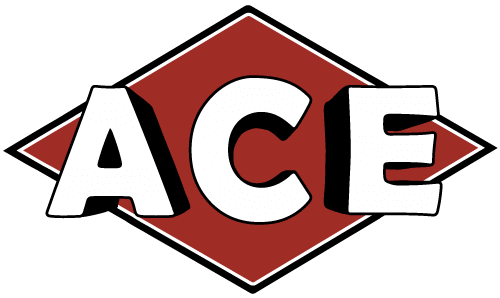Over the past few years Ace and members of Institute of Scrap Recycling Industries (ISRI) have been working together with CVSA, National Waste Recycling Association (NWRA) to develop standards for lugger truck container securement that would be approved by the Federal Motor Carrier Safety Administration (FMCSA) to meet 393.102(c) and then accepted by the Commercial Motor Vehicle Safety Alliance (CVSA) as an alternate means of securement. With funding from RERF, the Recycling, Research, Education Foundation, the parties involved were able to conduct these tests.
At the end of July 2020, Sadoff Iron & Metal Company put together the resources to test alternative means of securement for lugger trucks with the help of Ace, ISRI, and Wisconsin Highway Patrol. The testing was conducted using a lugger body with a container loaded 40,000 lbs. of material. With the help of Whealon Towing, the group simulated the g-forces required by CVSA and FMCSA to proper secure a load to a vehicle. G-forces required are as follows: Forward 0.8G, Side-to-Side 0.5G, Rearwards 0.5G. To simulate these forces, the lugger bodies/truck were tilted until the testing devices registered the force required for each respective test.
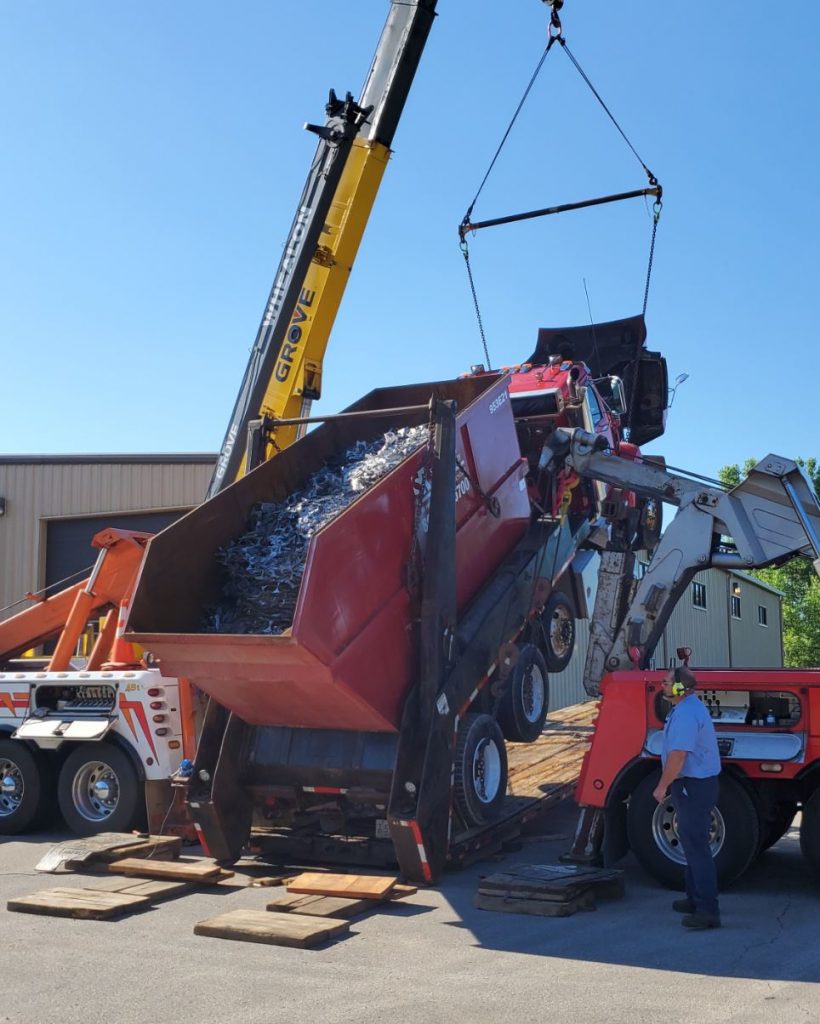
Each style of lugger body with hydraulic dump pins passed the rearwards and lateral/side-to-side test as the dump pin cylinders prevented the box from moving in the respective directions.
The forward test was conducted to prevent the container from moving forward into the truck’s cab and the cab protector. CVSA did not want the lugger body’s steel cab protector to be the sole prevention of cab impact.
Ace complies with the forward movement prevention test. This is accomplished by the location of Ace’s Lugger Dump Pins. Ace’s Pins are located above and in front of the containers structural channels used on majority of lugger containers. Positioning the pins here allows the pin to stop the box from moving forward (See Below- Option 1).
Allowing Ace Lugger Hoists to be in compliance with the new cargo securement regulations without additional straps/tie downs. Follow link to Ace’s Engineering Study explaining how Ace’s system is in compliance.
Other lugger hoist makes may be required to use between 2-8 yellow 5400 Working Load Limit (WLL) winch straps or chain tie downs as specified in Option 2.
Below is what the CVSA Safety Bulletin states as “Equivalent Means of Securement”. Industry test results provide the following equivalent means methods for securing lugger boxes.
Verbiage & Pictures were taken directly from CVSA Cargo Securement Bulletin
Forward Movement Prevention
• There are two different means (see below) to prevent forward movement when securing the lugger box through equivalent means.
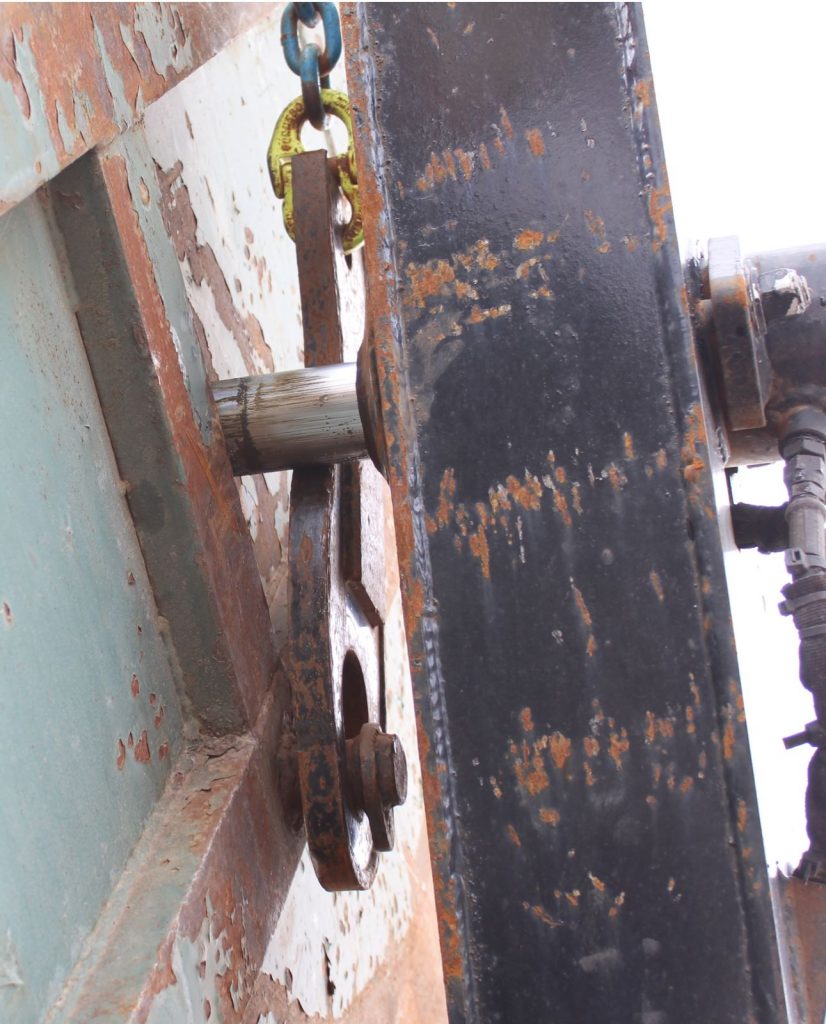
* Pin must be extended within 4 inches (10 cm) of the channel on the lugger box (if so designed) to prevent forward movement (channel on box must be placed on rear side of pin).*
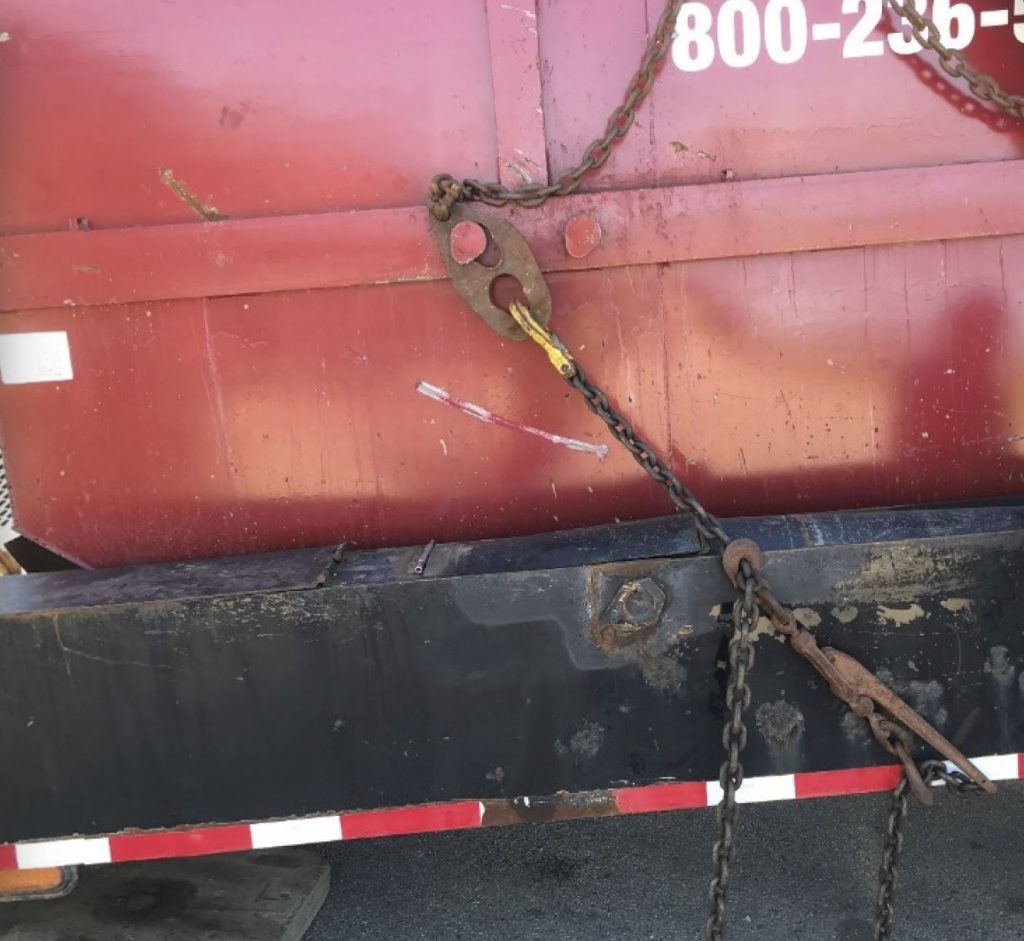
At least two securement devices are required with a minimum working load limit (WLL) of 9,200 lbs. (4173 kg). A minimum of one tiedown on each side going directly from the power unit hoist body to the container lift lugs
or lifting keys is required. *This set up is required if any other make of lugger body other than an Ace Lugger Hoist is used.*
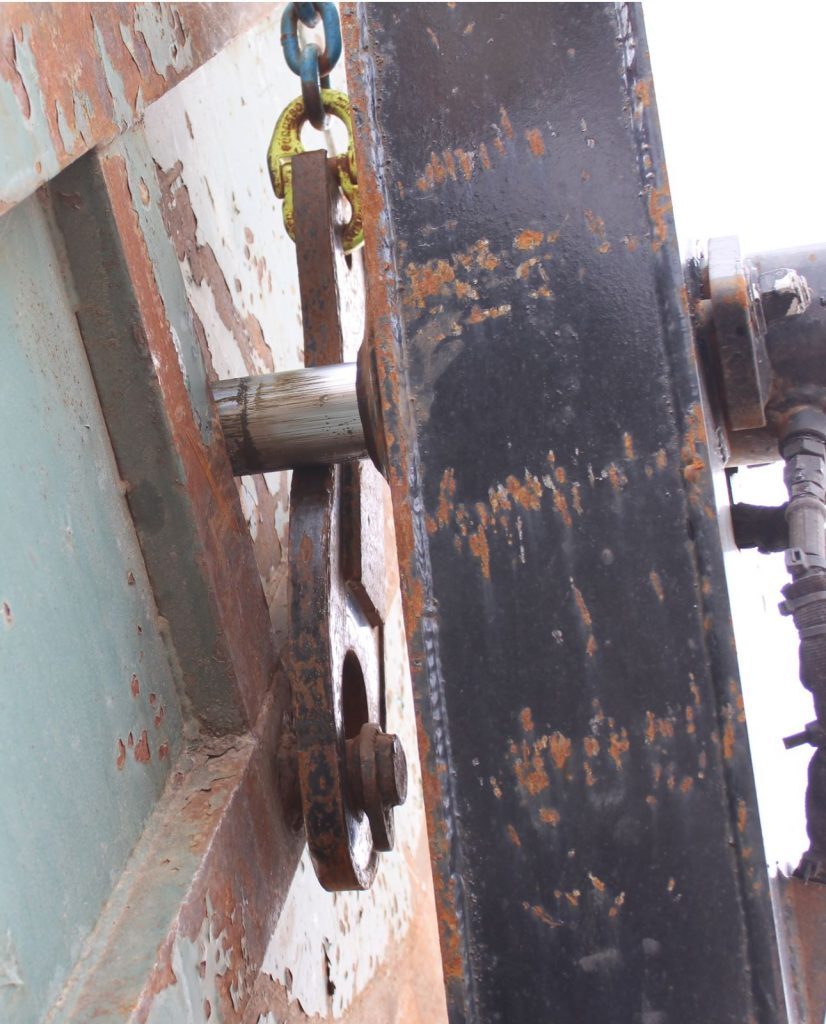
Rearward Movement
• There is only one option to prevent rearward movement.
• The pin must be extended.
• The dump hook or dump key must be forward of the pin and attached to the container.
Lateral Movement
• There is only one option to prevent lateral movement.
• The pin must be extended.
• There may be up to a 4-inch (10 cm) space between the pin and container on either side of the box.
Front and Rear Lift Chains
The lift chains may be loose during transit, this is not a violation as they are not considered tiedowns for
the purposes of cargo securement.
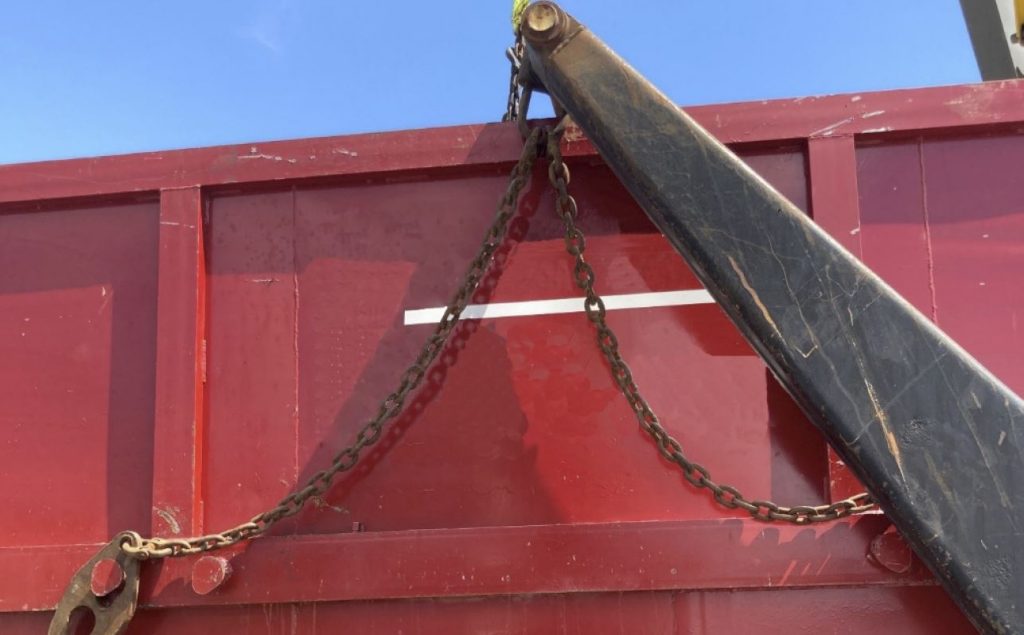
Guidance
Lugger Containers
When inspecting lugger containers mounted on vehicles, ensure that the container is tied down as per
the general commodity requirements for weight and length in the U.S. Regulation and/or NSC Standard
or by the optional equivalent means of securement outlined in this bulletin.
Give us at Ace a call to help you solve your cargo securement issues and how we can make this easier and faster for your company!
